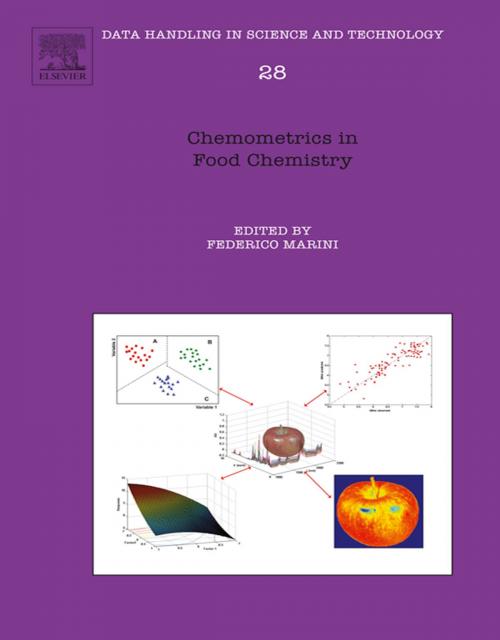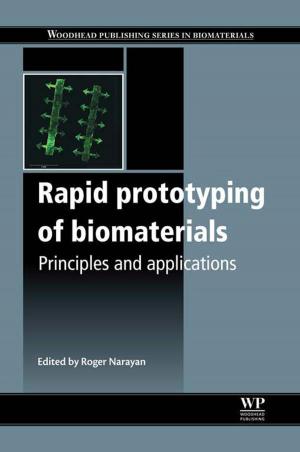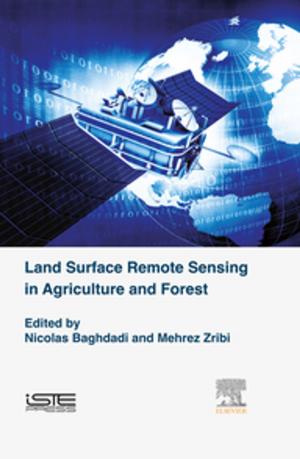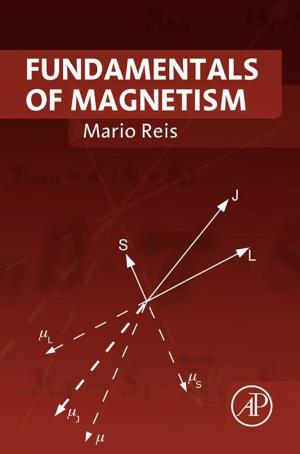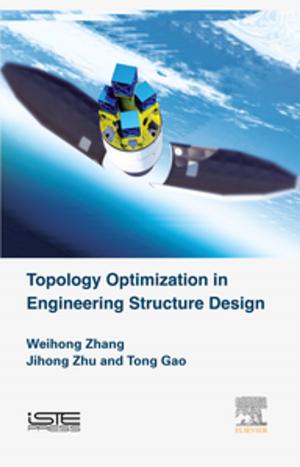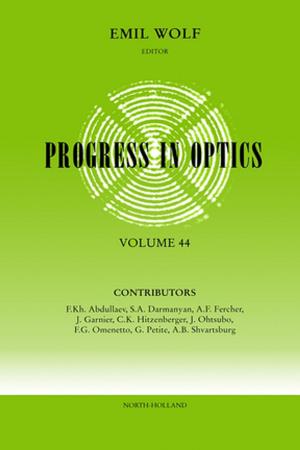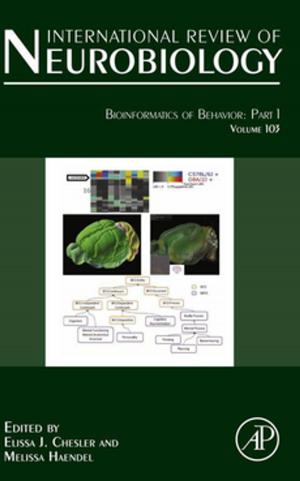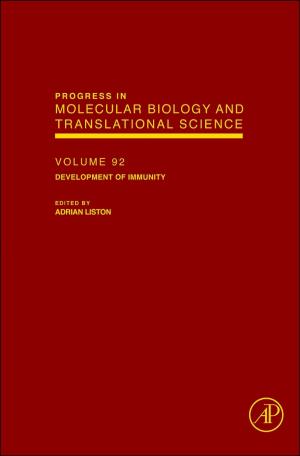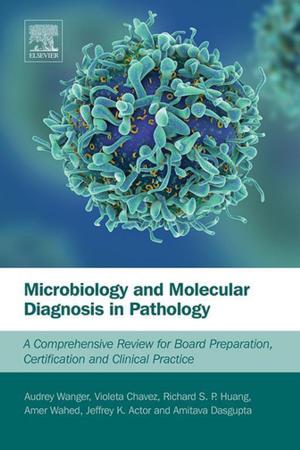Chemometrics in Food Chemistry
Nonfiction, Science & Nature, Science, Chemistry, Analytic, Technology, Food Industry & Science| Author: | Federico Marini | ISBN: | 9780444595294 |
| Publisher: | Elsevier Science | Publication: | June 8, 2013 |
| Imprint: | Elsevier | Language: | English |
| Author: | Federico Marini |
| ISBN: | 9780444595294 |
| Publisher: | Elsevier Science |
| Publication: | June 8, 2013 |
| Imprint: | Elsevier |
| Language: | English |
The issues related to food science and authentication are of particular importance for researchers, consumers and regulatory entities. The need to guarantee quality foodstuff – where the word "quality" encompasses many different meanings, including e.g. nutritional value, safety of use, absence of alteration and adulterations, genuineness, typicalness, etc. – has led researchers to look for increasingly effective tools to investigate and deal with food chemistry problems. As even the simplest food is a complex matrix, the way to investigate its chemistry cannot be other than multivariate. Therefore, chemometrics is a necessary and powerful tool for the field of food analysis and control.
For food science in general and food analysis and control in particular, there are several problems for which chemometrics are of utmost importance. Traceability, i.e. the possibility of verifying the animal/botanical, geographical and/or productive origin of a foodstuff, is, for instance, one area where the use of chemometric techniques is not only recommended but essential: indeed, at present no specific chemical and/or physico-chemical markers have been identified that can be univocally linked to the origin of a foodstuff and the only way of obtaining reliable traceability is by means of multivariate classification applied to experimental fingerprinting results.
Another area where chemometrics is of particular importance is in building the bridge between consumer preferences, sensory attributes and molecular profiling of food: by identifying latent structures among the data tables, bilinear modeling techniques (such as PCA, MCR, PLS and its various evolutions) can provide an interpretable and reliable connection among these domains. Other problems include process control and monitoring, the possibility of using RGB or hyperspectral imaging techniques to nondestructively check food quality, calibration of multidimensional or hyphenated instruments etc.
The issues related to food science and authentication are of particular importance for researchers, consumers and regulatory entities. The need to guarantee quality foodstuff – where the word "quality" encompasses many different meanings, including e.g. nutritional value, safety of use, absence of alteration and adulterations, genuineness, typicalness, etc. – has led researchers to look for increasingly effective tools to investigate and deal with food chemistry problems. As even the simplest food is a complex matrix, the way to investigate its chemistry cannot be other than multivariate. Therefore, chemometrics is a necessary and powerful tool for the field of food analysis and control.
For food science in general and food analysis and control in particular, there are several problems for which chemometrics are of utmost importance. Traceability, i.e. the possibility of verifying the animal/botanical, geographical and/or productive origin of a foodstuff, is, for instance, one area where the use of chemometric techniques is not only recommended but essential: indeed, at present no specific chemical and/or physico-chemical markers have been identified that can be univocally linked to the origin of a foodstuff and the only way of obtaining reliable traceability is by means of multivariate classification applied to experimental fingerprinting results.
Another area where chemometrics is of particular importance is in building the bridge between consumer preferences, sensory attributes and molecular profiling of food: by identifying latent structures among the data tables, bilinear modeling techniques (such as PCA, MCR, PLS and its various evolutions) can provide an interpretable and reliable connection among these domains. Other problems include process control and monitoring, the possibility of using RGB or hyperspectral imaging techniques to nondestructively check food quality, calibration of multidimensional or hyphenated instruments etc.
